
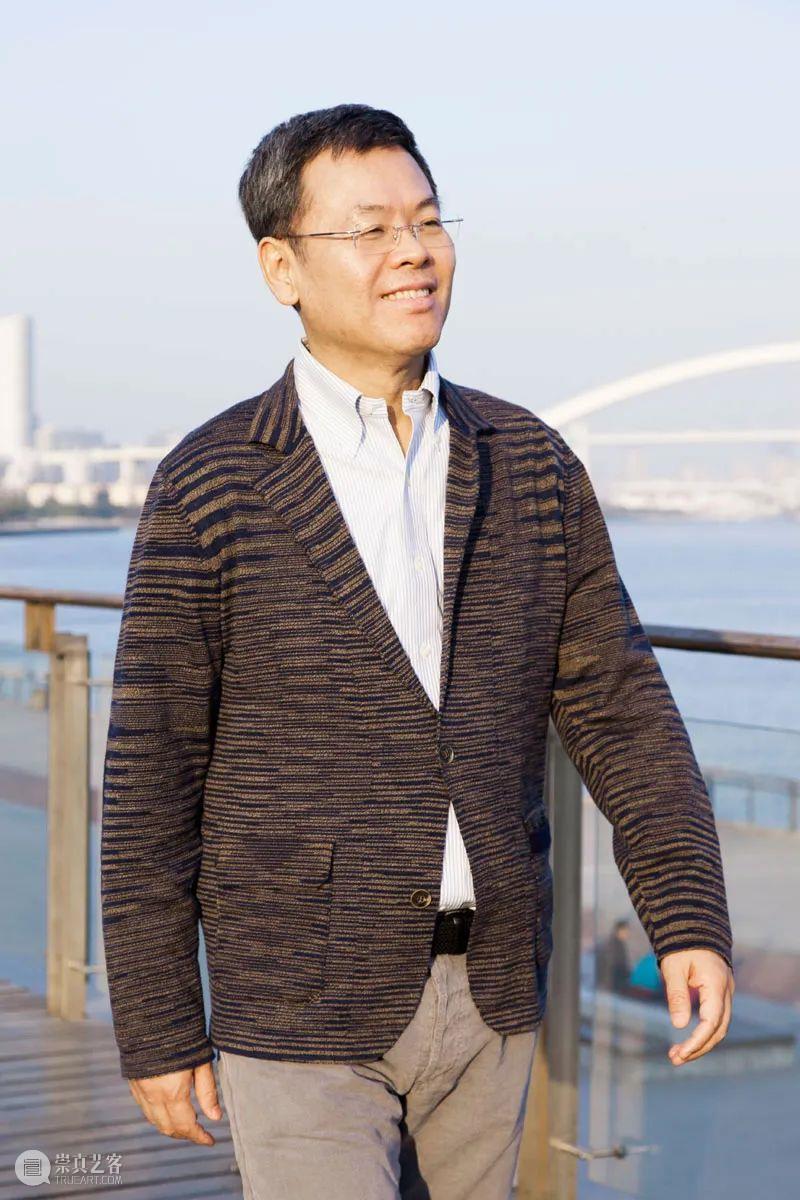
On March 4, 2022, the grand solo exhibition of "Yoshitomo Nara" was opened as planned in Shanghai to receive a huge crowd. Meanwhile, across the ocean was a patient waiting to receive routine infusion from a nurse. On the bed, the patient, who had just finished a voice call, said to the nurse who walked in: "They said the Nara exhibition was a big success. They said the Nara exhibition at our museum was a big success." Overcome by mixed emotions of excitement and hardship, tears rolled down his cheeks before he finished the words. On the 9th, Los Angeles County Museum of Art (LACMA) announced the donation of several Chinese Contemporary art from Yuz Foundation. A week later, the ECG monitor by his hospital bed came to a straight line. On the 19th, major media outlets reported the passing of Budi Tek, the Chinese-Indonesian patriot, entrepreneur, philanthropist and collector.
It was one day away from the Spring Equinox, and 60 days from the 8th anniversary of the opening of the Yuz Museum Shanghai.
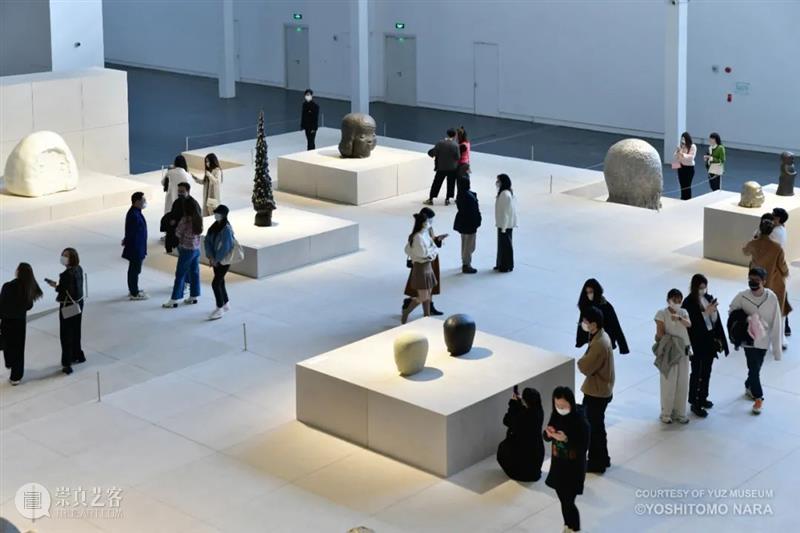
In March 2022, "Yoshitomo Nara" Yuz Museum opening scene
Born in Jakarta, Indonesia in 1957, Budi Tek received both Eastern and Western education. He studied at Pui Kiu Middle School in Hong Kong, Catholic Junior College in Singapore and Fresno State in the United States, where he gained proficiency in Indonesian, English and Chinese, and grew to be a learned man in martial arts novels, poetry, choral singing, agricultural trade, finance and business management. In 1984, having completed his studies overseas, he decided to return to his hometown and join the poultry company his mother partly owned.
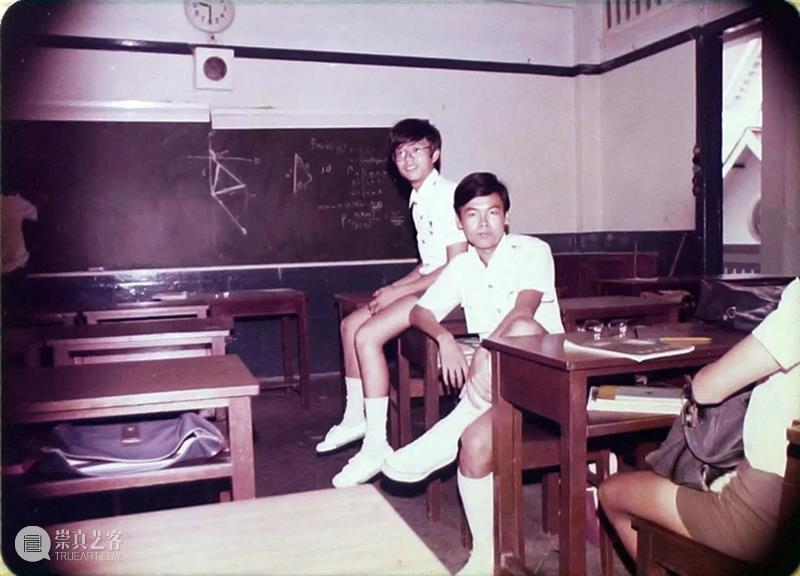 Mid-70’s, Tek studied at Catholic High School, Singapore
Mid-70’s, Tek studied at Catholic High School, Singapore
From there, at the age of 28, the young man began his life as an industrialist. During his tenure, the company once monopolized the market sectors it was in in Indonesia, and set up various subsidiaries to provide farming equipment, bulk feed and veterinary preparations. In 1993, under his leadership, the company completed financing and expansion ahead of schedule and went public in Indonesia. In the following year, he successfully got Wendy's Franchise, the fast-food giant of the 1990s and began to expand at a rate of 20 shops a year in places like Jakarta, Shanghai and Hong Kong. At its peak, the business had more than 5,300 employees.

However, those who achieve greatness rarely do so without ups and downs. There was the violence against Chinese in Indonesia in 1965 when he was a child and his tenure has seen him survive the 1997 Asian financial crisis, Indonesia's May 1998 Riots and the 2005 bird flu in Indonesia. At one point, he had to negotiate the company’s debt with more than 20 banks and 11 suppliers and there were moments when the safety of his family and himself were under threat. With tenacity, vision and courage, he was always able to come up with pioneering solutions at these critical moments. In face of bankruptcy crisis, he proposed restructuring and a debt-to-equity swap. That became file 001 as there was no precedent for this in Indonesia. It brought the company out of the storm and his lawyer made his name with this precedent-setting case.
This forward-thinking entrepreneur has weathered one storm after another in his life, and bounced back when he had hit the rock bottom and he could always find strength to help others even in the worst times. However, he admitted that he was not a boss "easy to deal with”. “What my staff feared the most was to ask me questions. I would answer them, but I would raise new questions. So, every time they came in with a pile of questions and left frustrated with a pile of new questions." And this habit of constant questioning later became even more pronounced in his exploration of art.
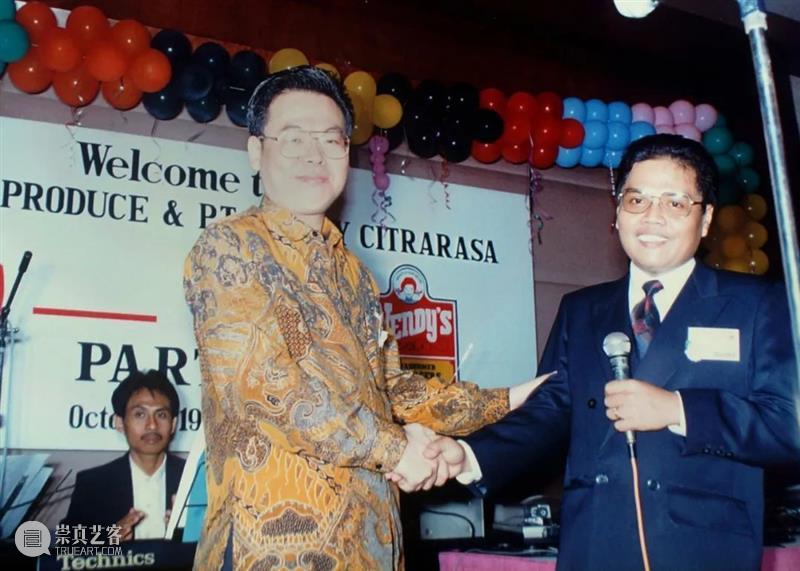
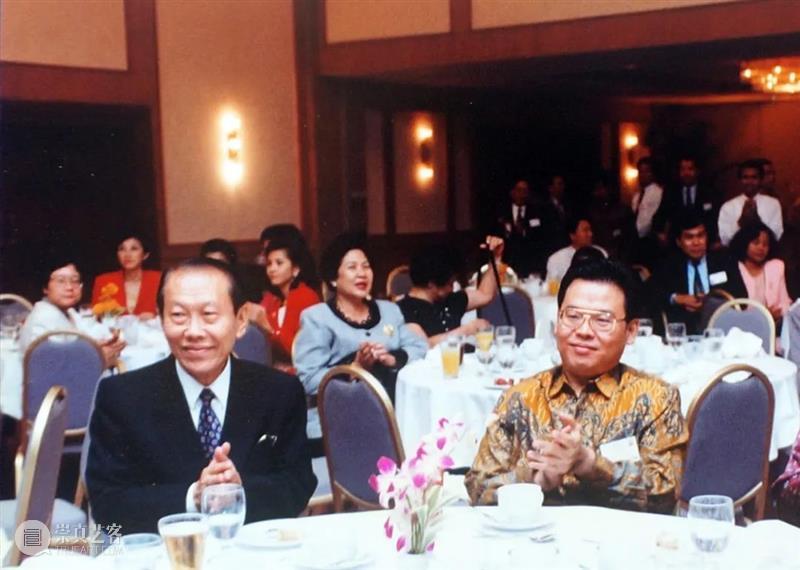
In the 90’s, Tek celebrated collaboration with Wendy’s
In 2004, after years of fighting in the Indonesian livestock industry, he was introduced to the world of art collecting by a friend. Prior to this, he was already a semi-expert in Indonesian wood carving and wood collecting and had his own warehouse exclusive for wood. There are similarities between artistic creation and weathered wood so that art immediately appealed to Budi Tek, who was keen on literature and picked up art collection later in his life. However, it is not free to be a self-taught art collector.
He visited various artists' studios and galleries, went to auctions and art fairs, and threw himself into Chinese contemporary art. By 2007, he has got a sizeable collection of paintings that included works of Fang Lijun, Liu Wei, Xu Bing, Yan Peiming, Yue Minjun, Zhou Chunya and Zhou Tiehai etc., thus establishing his reputation in the art circle. In a conversation with a friend who saw his dedication and enthusiasm for art, a suggestion was made that he open a private club or gallery that is only open to VIP guests in his shopping mall in the city center so that the artworks could be exhibited all the while generating some revenue. He said no and made it very clear that he wouldn’t make art, his hobby, into a business. This original intention has since then developed into the core philosophy underpinning the art platform, i.e., "collecting to share".
It was around that time that the Yuz Foundation, a non-profit platform for art patronage, collection loans, research support and philanthropy, started to take shape. Through Yuz Foundation, Budi Tek formally initiated exchanges and interactions with the world's leading institutions and began to bring Asian culture and Chinese Contemporary art to the international stage by lending artworks and donation to institutions such as the Centre Pompidou in Paris, Musée d'Art Moderne de la Ville de Paris, Fondation Giacometti, Tate Modern in London, La Biennale di Venezia, The Museum of Modern Art (MoMA), the Dia Art Foundation, the Leonardo DiCaprio Foundation etc and Musée de l'Elysée.
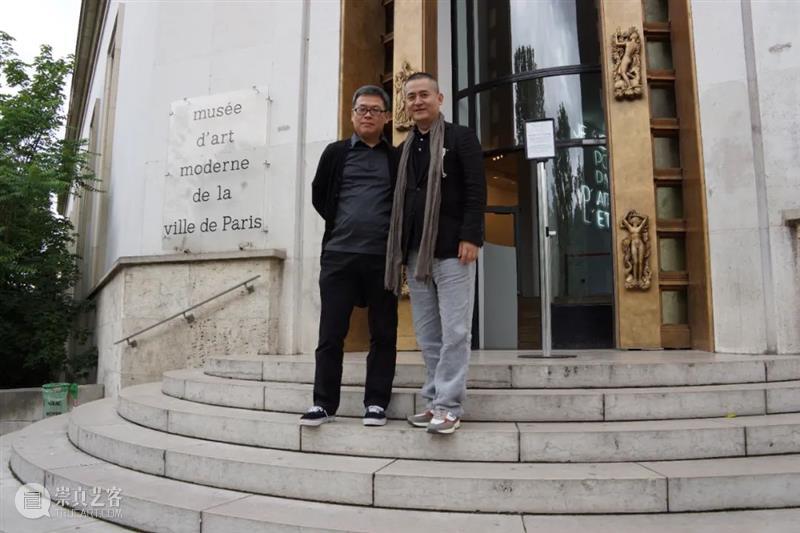
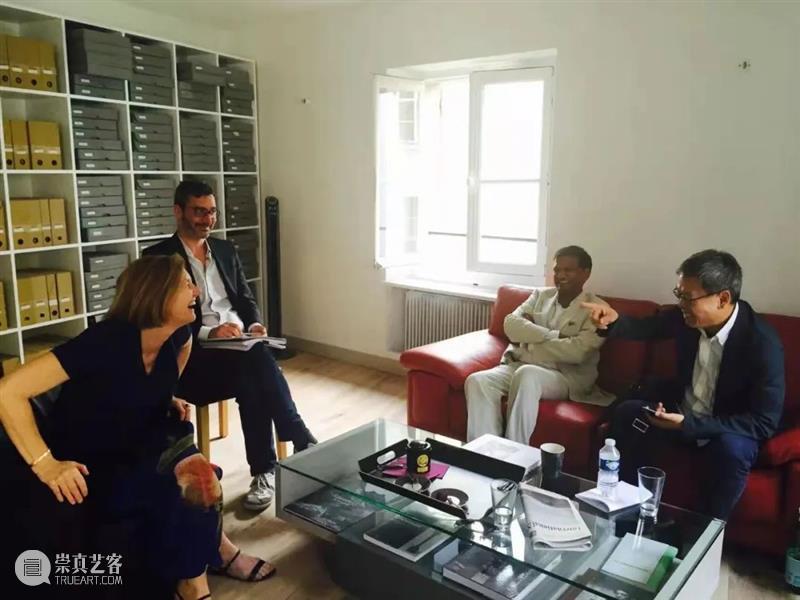
In 2015, Yuz Foundation discussed collaboration with The Foundation Alberto et Annette Giacometti
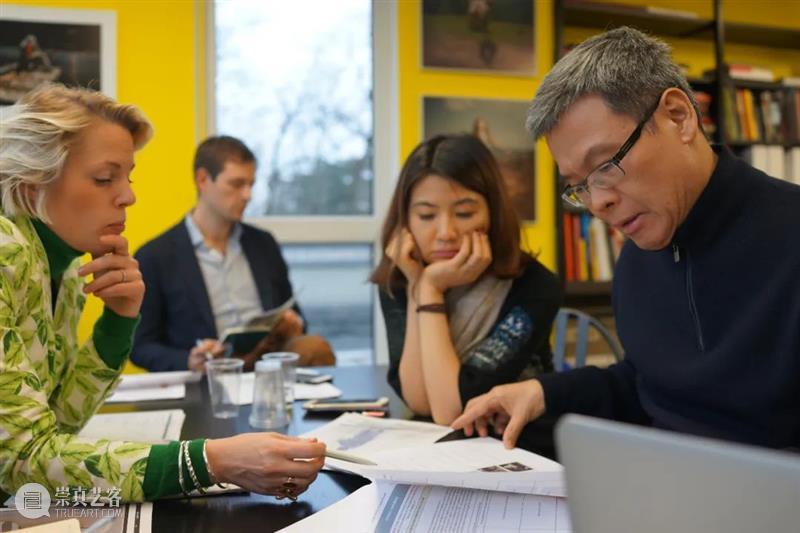
In 2008, a year after the launch of the Foundation, the Yuz Museum in Jakarta, the first private art museum approved by the Ministry of Culture in Indonesia, was opened. The opening exhibited nearly 40 Chinese artists from the collection, was attended by Ms. Megawati Sukarnoputri, the fifth President of Indonesia and curated by Kwok Kian Chow, the Director of the Singapore Art Museum. Its International Academic Committee had Professor Wu Hung, a renowned scholar as its member. In a casual conversation during the opening, Budi Tek and Professor Wu Hung hit it off in that there was a lack of lively and interesting dialogues in the academia and made a plan straight away for the "Bali Conversation", an event continued into 2013. The Bali Conversation is an annual event held in Bali that invites literary figures in the art world to share their insights.
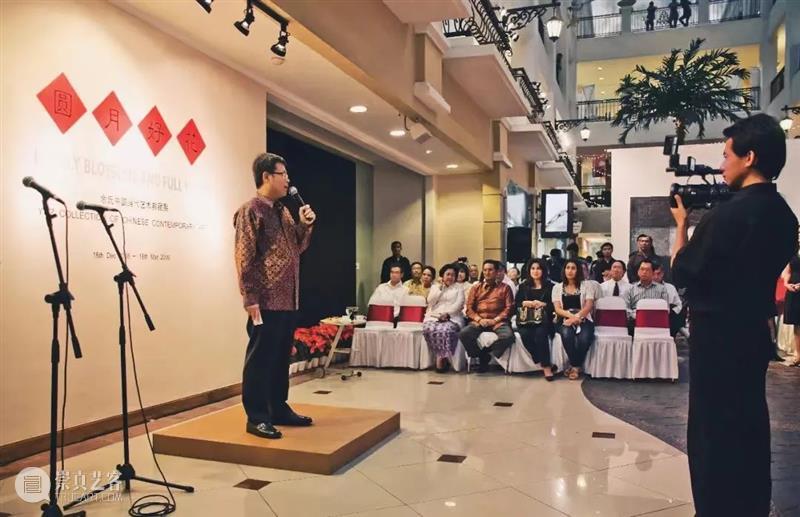
Bali was chosen since that "Bali is an island of beauty and relaxation. It is distanced from the usual locale and setting of reflections on contemporary art. We chose this place to discourse and to understand the current trends in Chinese contemporary art. You could say that it is just like watching a flame from the other side of the river. This represents my own attitude towards art- that art is free; not confined to any frame and rule.” And it was a dialogue instead of a forum“as this represented another opinion of mine on contemporary art- that contemporary art is even against art; it constantly brings forth new ideas and breaks the routine; so as to constantly induct the non-mainstream into the mainstream." Guests attending the dialogue included Judith Zeitlin, Ding Yi, Huang Zhuan, Wang Jianwei, Wu Hung, Uli Sigg, Zhang Xiaogang, Zhang Zikang and Zhou Chunya etc. The discussion mostly focused on contemporary art collection, research, exhibition, institution building and operation, providing an extremely rich source of research and different perspectives for the establishment of the Yuz Museum Shanghai and the development of contemporary art in the years to come.
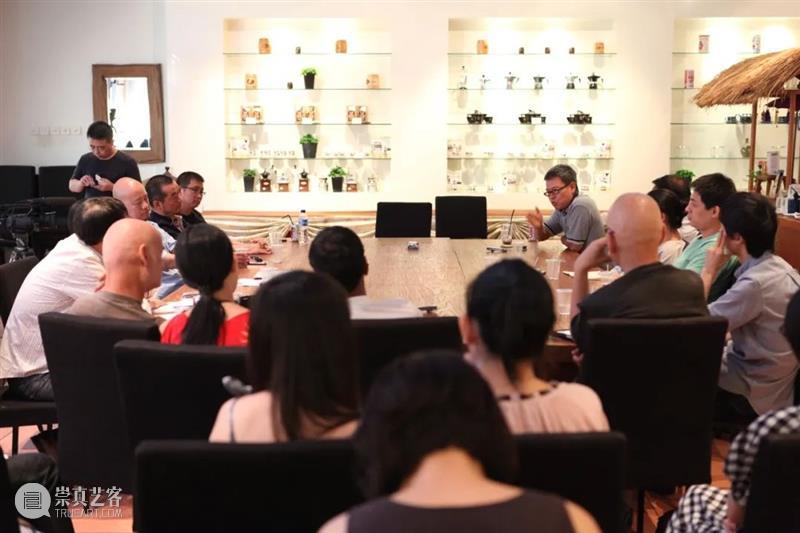
2011, live moments at "Bali’s Conversation"
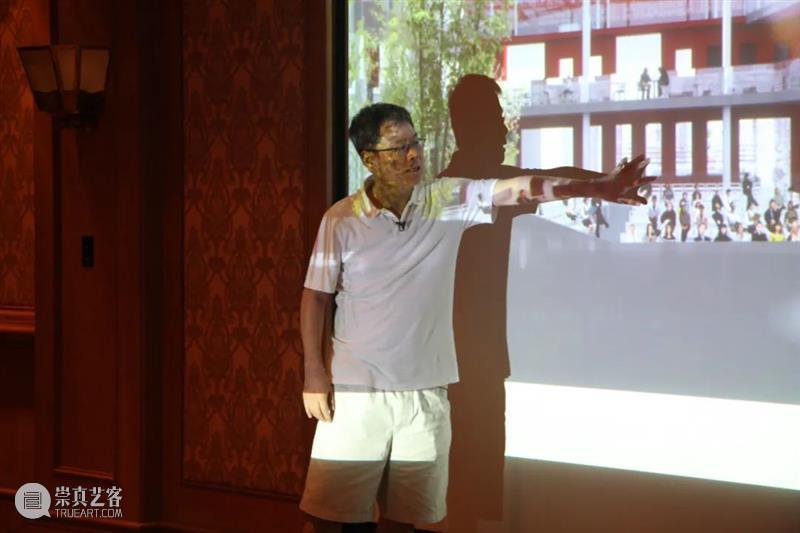
In 2013, Tek presented Yuz Museum Shanghai architectural design at "Bali’s Conversation"
Budi Tek made friends through paintings and gradually grew from a self-proclaimed "semi-layman" to a collector with a unique system of collecting that spanned the East and the West. As early as 2008, he was able to identify some of the threads. “There are two threads in my collection: one is ‘Track’, which is the thread, the representative works of prominent artists who have already gained important positions in Chinese contemporary art history. My collection of this part is not yet completed. I haven’t been satisfied and am trying to add more. Another is "Image", which is the sign, namely, many new faces and new works. Many of these works may not be valued highly in art world at this point in time, but they will have a standing in the future art history.” This bi-directional vision of "history" and "future" has not only expanded into his thinking about collecting, but has also influenced his planning of subsequent exhibitions.
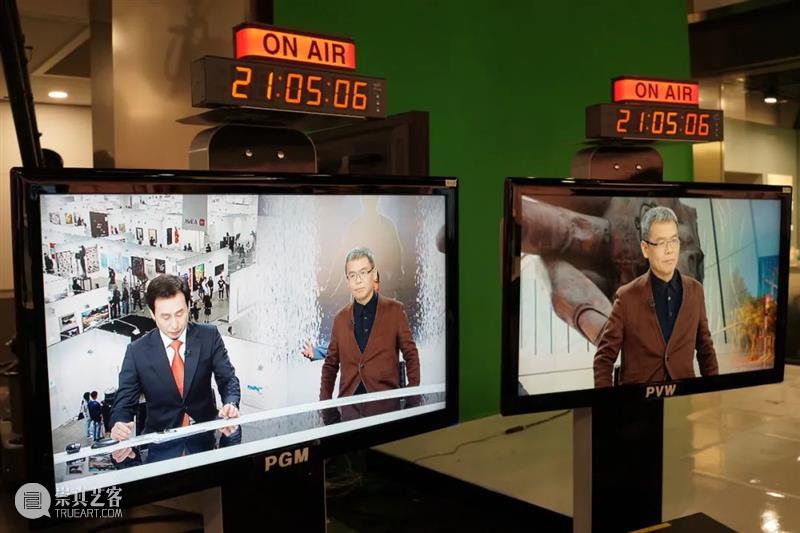
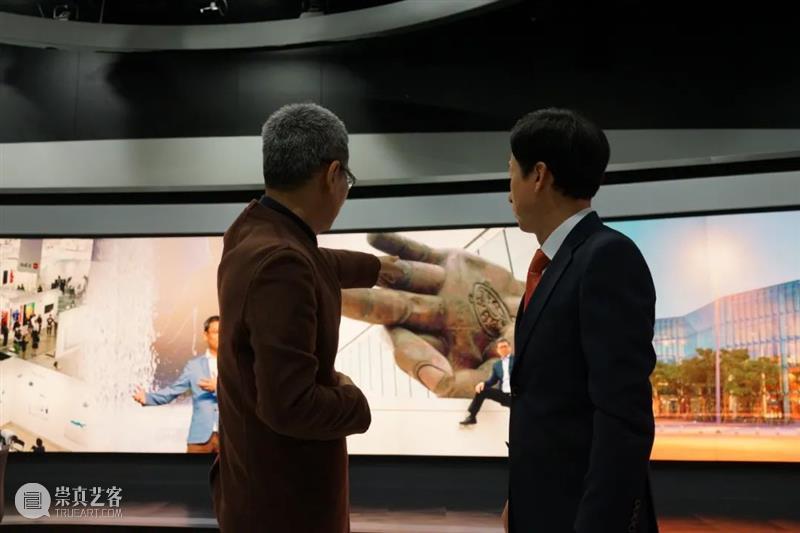
As a collector who has long travelled between Eastern and Western contexts, his interests have always retained a sense of mission and historical responsibility. This has been influenced to a greater or lesser extent by his various life experience.
In 2010, he shared an encounter he had in Hong Kong. "One time my wife and I were sitting on the far side of an aisle in an auction room. I was sitting here, and my wife was here, right next to me. There was one more seat in the back. A British woman came up and ordered me, in a very harsh tone, to move over there, because she wanted to sit in this seat. I said, ‘We are no longer a British colony. Get lost!’ I said it just like that! She was shocked, and she went to sit in the back. This flavor is also in the art world. I think that we shouldn’t discard this ‘mainstream’. We should admit it. So how do we reach this ‘mainstream’? We also want to control this ‘mainstream’. This is something we may need to do. I hope that everyone can take part. When I started collecting Western art, some critics in China started saying, ‘Budi Tek has had enough of Chinese Contemporary art, and has started collecting Western art.’ That is not the case! Our foundation will continue to spend on Chinese Contemporary art, but we want to be international figures, be respected abroad, so that they can see more Chinese artworks."
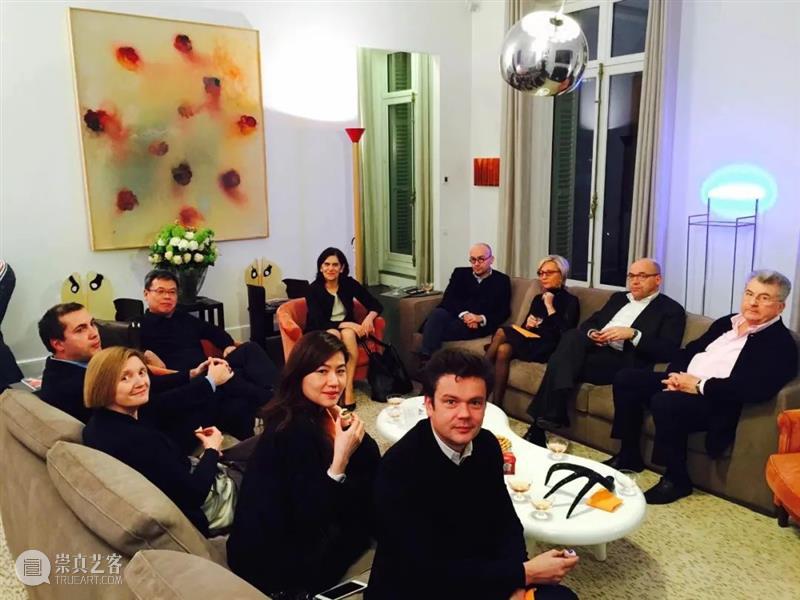
In 2015, discission with board of directors of Centre Pompidou, The Foundation Alberto et Annette Giacometti director and pioneers of the French arti ndustry on cultural dialogue between China and France
In the years that followed, Budi Tek has indeed lived up to his words. In 2012, he refined the collection threads he proposed in 2008. "The best decade for Chinese contemporary art is from 1985-1995 and I will continue to collect works during this period of time to complete this thread, this is the 'line'; and as to foreign collection, I tend to collect those artists who have influenced Chinese artists of different generations, these are the 'dots’. The line and dots complement each other." It was later presented as a parallel between “history” and “myth” by Professor Wu Hung in the opening exhibition at the Yuz Museum Shanghai in 2014. Today, the three threads of the huge collection of 1000+ pieces are well known for their clear paths: first, they record the golden age of Chinese contemporary art from 1985 to 1995; second, they explore the similarities and differences between Chinese and Western contemporary art creation through large-scale Western installations and masterpieces; and third, they are committed to supporting emerging artists as a means of promoting Contemporary art in the future.
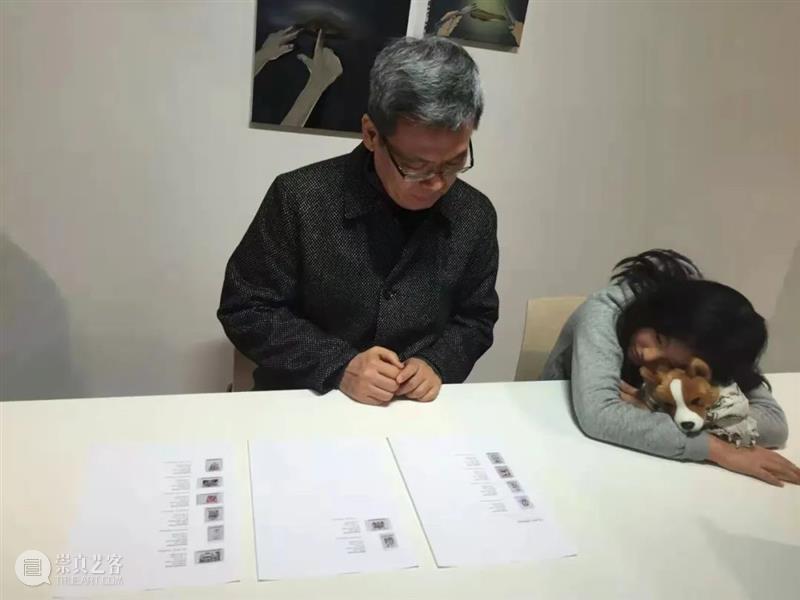
2016, detailed planning and evaluation of existing Yuz collection artworks
"I collect because I want to be an art patron. I open art museums because I want to emulate the great acts and charisma of Guggenheim. Contemporary art collection is challenging and poorly understood. Building museums is something out of reach for individuals and I somehow decided to challenge myself and do it. But I think I will keep on fighting with dogged perseverance:‘ make the impossible possible’!" In 2012, Budi Tek’s dream of opening an art museum in Shanghai was eventually realized in West Bund, not without twists and turns. He, an aircraft enthusiast, chose the 101 hangar of the former Longhua airport among two other options as the site for the museum. On May 17, 2014, "Myth / History: Yuz Collection of Contemporary Art" had its official opening, bringing the museum onto a nearly 8-year-long art journey of discovery, i.e., "crossing the river by feeling the stones".
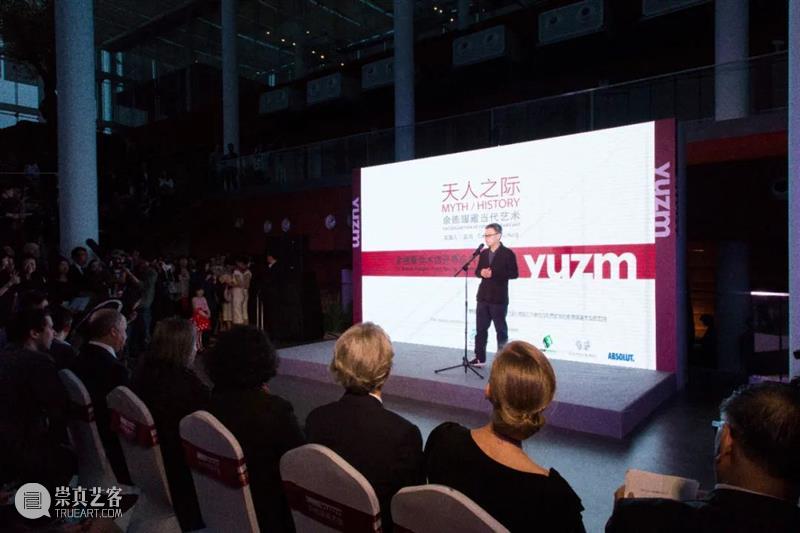
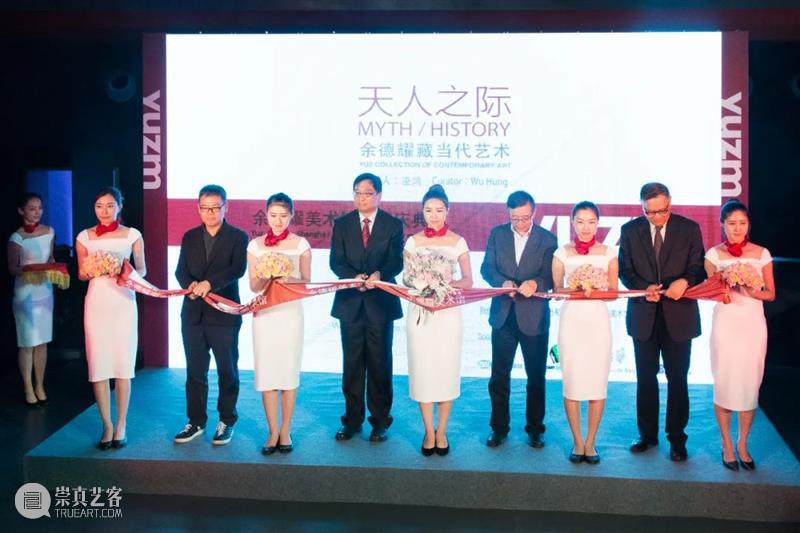
In May 2014, "Myth/History: Yuz Collection of Contemporary Art" exhibition opening
Unfortunately, one year into the opening of the Yuz Museum Shanghai, among rave reviews by the public and the industry, darkness was approaching him in silence, the ambitious founder who was breaking new ground in the new field. In the first half of November 2015, "Rain Room by Random International" and "Twin Tracks: Yang Fudong Solo Exhibition" were in full swing. "Alberto Giacometti’s Retrospective" which was to come in the next March was sealed at the second meeting of the “China-France high-level cultural and people-to-people exchange mechanism” early that year in May. Everything was in progress as planned when on the other side of Shanghai, Budi Tek was diagnosed with stage IV pancreatic cancer and told by the doctors that he had only one year left. He immediately turned to surgery to have his spleen and 70% of his pancreas removed. He later gathered the team at the hospital and announced the news while at the same time had his routine check of the programs in process and stressed that the Giacometti exhibition must not be delayed.
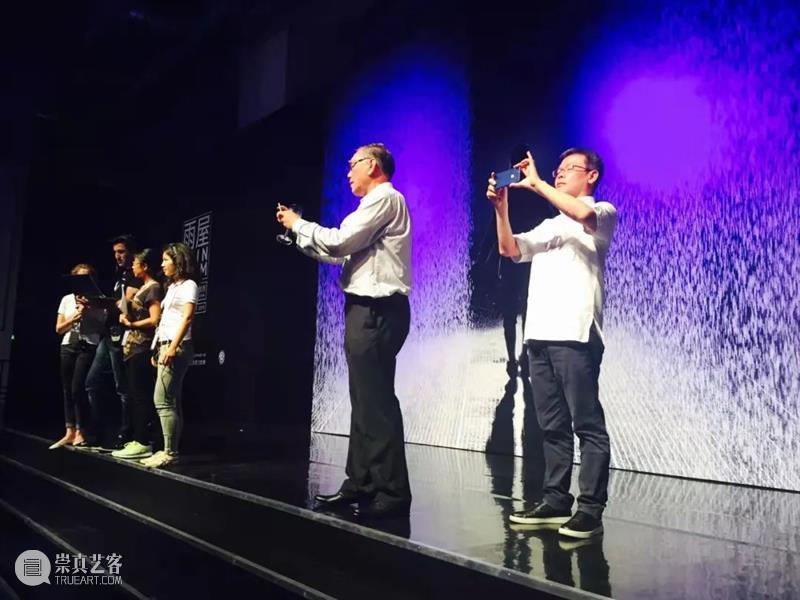
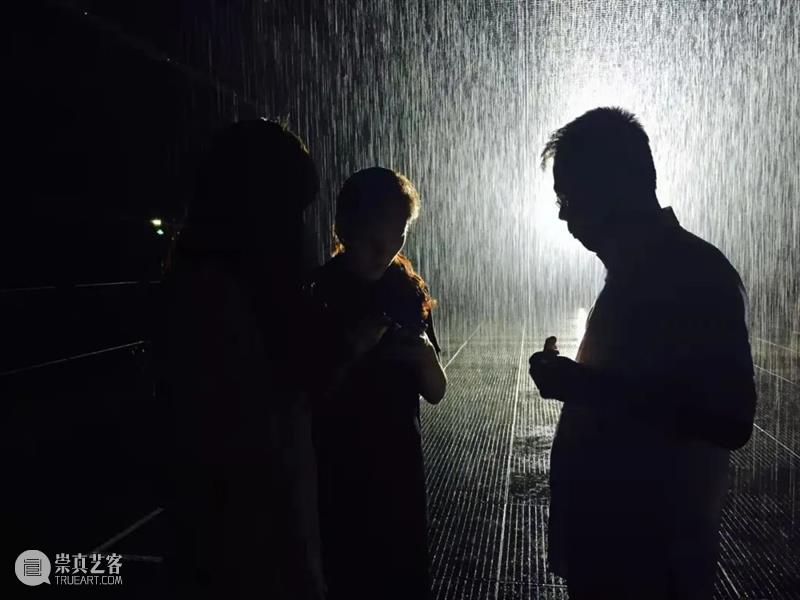
In Jan 2016, he started to keep a journal. "I want to keep a journal to record my feelings at the moment as they may be nowhere to be found in the near future. I also hope these words will be an encouragement to those who read them."
"Crazy Budi is ill. In two months’, time I went from a healthy person to someone diagnosed with pancreatic cancer, not all people can relate to this kind of roller coaster feelings."
"I have often heard of someone suffering from certain weird diseases and never expected I'd be one of them...I'm the big man who can never be knocked down...will never give up on my art museum dream."
"My favorite song: I am a moth, please don't laugh at me / I come from afar, skimming lightly across / I go high and low, I go right and left / I hover and do not hide / Eventually, I crash into a blazing fire / For this little bit of warmth and light / I turn my life into ashes / with no regrets."
"Crazy Budi suddenly quiets down (but not down yet, ha)."
"Illness is not something to be scared of. You can defeat it as long as you face it, look straight at it."
In the same month, he flew to America and had a biopsy at Johns Hopkins which diagnosed his condition as Stage III pancreatic cancer. From there, he started his long and painful journey of treatment. He started chemotherapy less than three months after the first surgery. The chemo regimen Johns Hopkins gave him was FOLFIRINOX, a combination of four kinds of drugs (Calcium folinic acid + fluorouracil + irinotecan + oxaliplatin), 12 rounds for 6 months. These are very strong drugs that will create huge burden to the body. The first week of each round made him almost unable to get out of bed as a result of strong side effects. And he was sent into the emergency room several times down the road. It was less than two months away from Mar 19, the opening of Giacometti’s VIP opening and the team had given up any hope of having him to address the audience. He didn’t tell them that he was back until he landed in Shanghai on Mar 15, “I want to give you a surprise.” It was till then that they learned that he insisted on “sneaking back to have a look” against the will of the doctors and his family. “It would be my lifetime regret if I missed the opening.”The chemotherapy was working and he started to fly around again among Hong Kong, Singapore, America and Germany etc. One could hardly notice that he was severely ill if it was not for the regular treatment he needed.
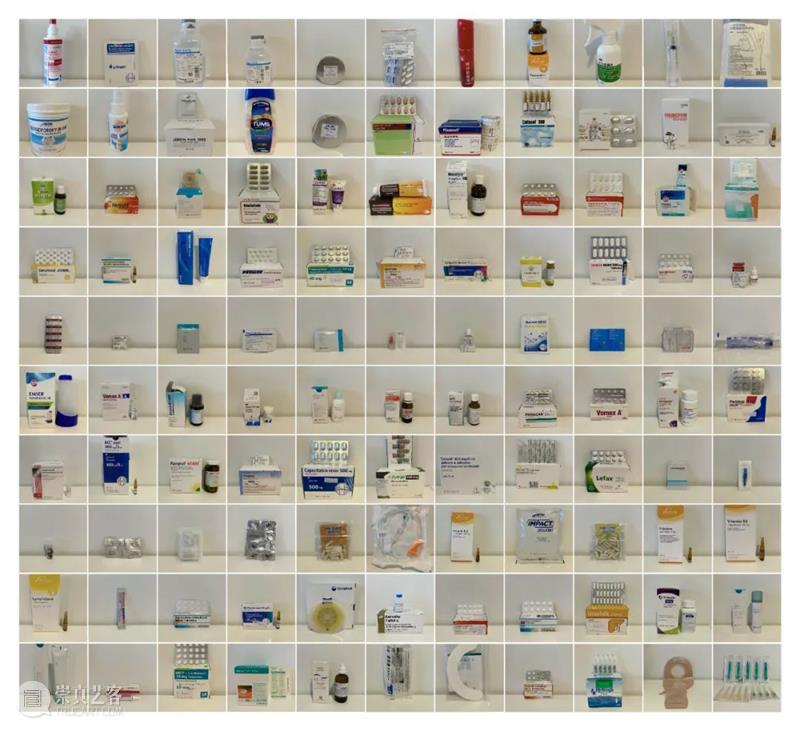
Selected medical supplies during Mr.Tek’s treatment
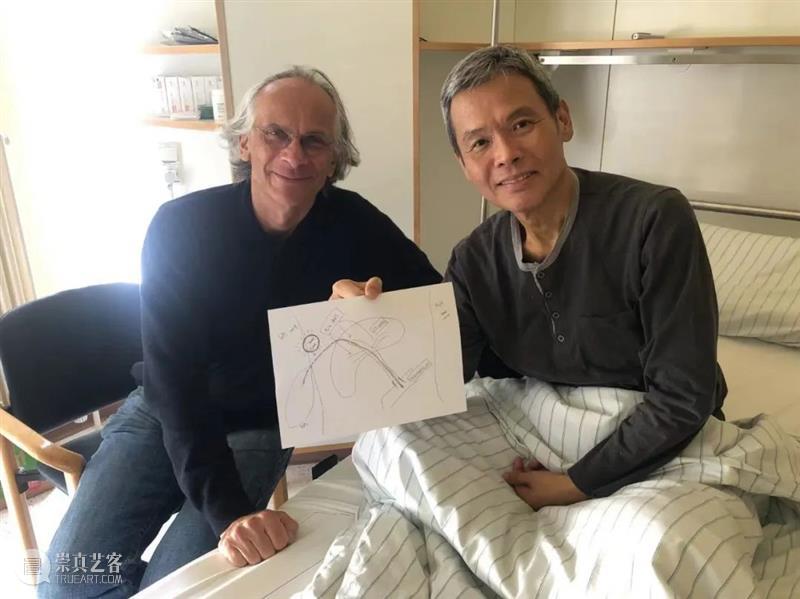
In April 2019, Mr. Tek and Oncologist Dr. Herzog in Germany, discussing treatment plans
In the middle of 2017, Budi Tek invited Johns Hopkins Medical Research Centre and Sotheby’s to work with Yuz Foundation to jointly create "Art Creates Cures Foundation". It aimed to "raise funds to support innovative ‘early detection’ and treatment of pancreatic cancer". The first auction was successfully held in Hong Kong on March 28,2018 and raised nearly $640,000. And three months before that, he underwent another round of surgery and treatment in Shanghai without telling anyone. "This time the operation lasted for more than 10 hours as the cancer had spread to the whole abdomen. The doctor said that my small intestines were all tangled like frozen noodles and would take them 8 hours to sort them out before they could detect the highly-risky parts that had to be attended to. They didn't cut much, about 50 or 60 cm at two places. The large intestine was beyond rescue and all they could do was to create a stoma. Before the operation, I said to my attending doctor: ‘There are two things that I hope you can help me with. I know that the operation is dangerous but I am not scared as I have already decided to take it. But please promise me two things. First, let me live in a decent way if I can make it, no stoma; Second, I have lived in pain for too long, I don’t want it anymore, so please reduce the pain.’ However, now the operation is done, the stoma and pain become the things I have to face with. I am extremely disappointed. I feel very sorry and I almost want to give myself up…"
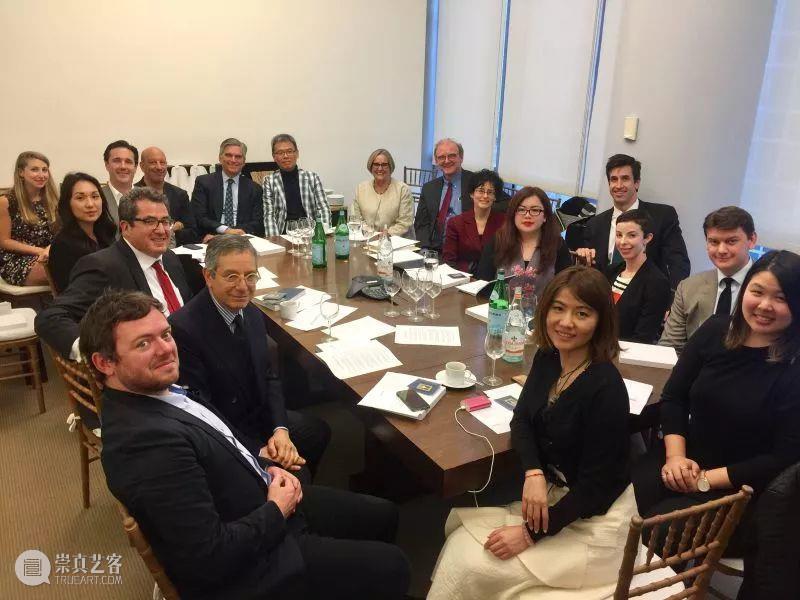
In May 2017, Meeting of "Art Creates Cures Foundation" board of members at Sotheby’s New York
During rehabilitation, he mentioned, "I have made arrangements for all the things I want to do. The most difficult part is my collection. I hope that they can stay permanently in Greater China. I hope to open a second venue to exhibit the historical thread of contemporary art, which is not complete but at least traceable." He kept looking in Guangzhou, Shanghai and Hong Kong etc. for possibilities of permanent display, in the hope that the wealth of his collection could stay in China. However, a program of this magnitude called for the right timing, the right place and the right people and his diminishing health simply didn’t allow all the efforts needed for such an ambitious plan. In September 2018, following a meeting with Michael Govan, the executive director of Los Angeles County Museum of Art (LACMA), and given the consensus between the two sides on the cultural exchange between East and West, a more realistic strategic collaboration than a permanent display was reached: Yuz Foundation would donate part of its Chinese collection to the Los Angeles County Museum of Art, and the two sides would join forces for a three-party exhibition exchange with the Qatar Museums.
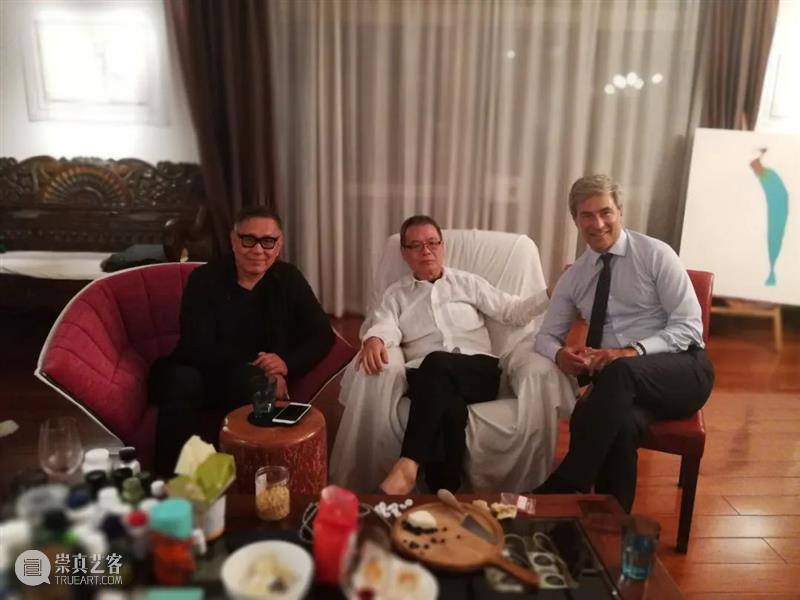
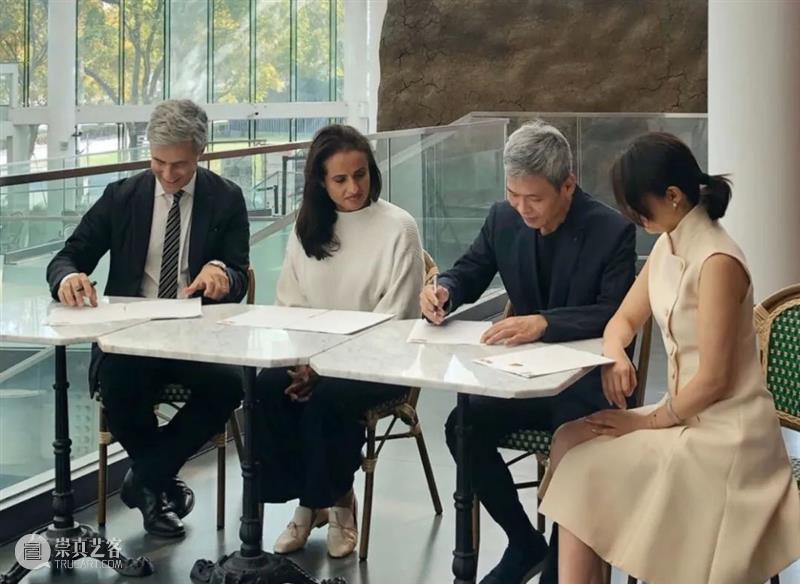 In October 2019, Signing of partnership between Yuz Museum Shanghai, Los Angeles County Museum of Art, and Qatar Museums
In October 2019, Signing of partnership between Yuz Museum Shanghai, Los Angeles County Museum of Art, and Qatar MuseumsThe Phillips auction in June 2020 was Budi Tek’s last official outing to an art event. He once travelled to Art Basel in a wheelchair despite his diminishing health, and flew to France for FIAC when suffering from a persistent fever and vomiting. In his final days, he could only see exhibitions on his bed and he asked his team to organize various online meetings to take him to artists’ studios or art fairs so that he could see the works. By then, it was 16 years since his collection of the first painting in 2004. He was named as one of the “Top 10 Most Influential People in the Art World” in 2011 by Art+Auction; one of the “The Power 100” in both 2012 and 2013 by Art Review. He was honored with the Asian Art Contribution Award and named as the Patron of the Year 2013 by The Art Newspaper in 2013. He has also served as a member of the Tate Asia-Pacific Acquisitions Committee and was awarded the Officer of the French Legion of Honor in 2017. He is no longer a self-taught newcomer to the art world, but a top Asian collector who has "drawn the world's attention to Shanghai".
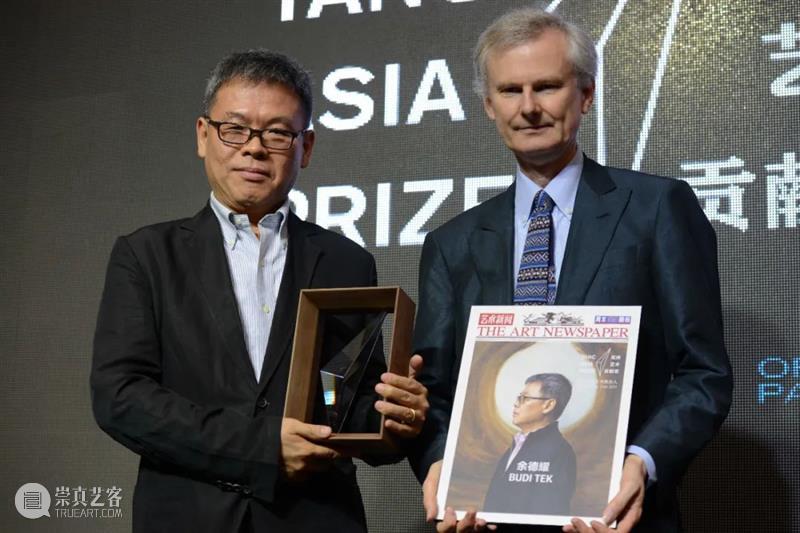
2013, The Art Newspaper award ceremony
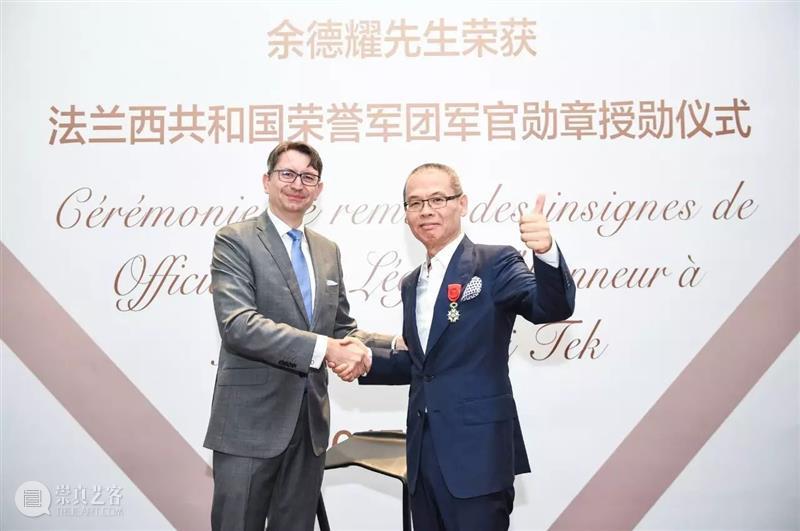
2017, Ceremony of Mr.Budi Tek receiving the award of "Officer of the Legion of Honor"
It was after the Chinese New Year. He looked surprisingly well, lying in bed with an IV infusion. He had been totally confined to bed for nearly three months. His mind tended to drift around into various thoughts when he was not talking and there were even moments when he felt touched by the sensation of parting depicted in an ancient Chinese poem "I walk on and on and on". There was no one in the room that would opt to interrupt his thoughts. He asked his assistant to note down things that were important for his team to discuss and execute. And out of nowhere, he said: "Hold an exhibition after I die." He continued, "Name it ‘I embark on a new journey.'"
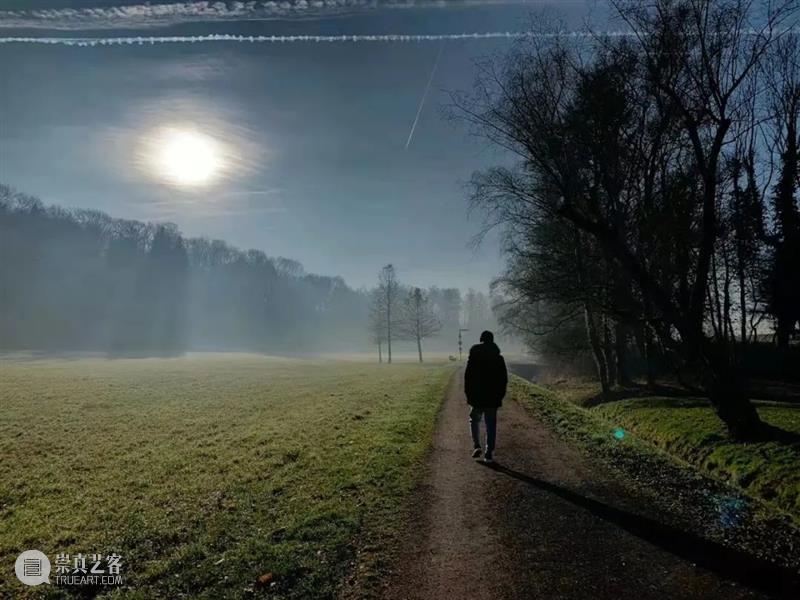
My Way is one of Mr. Budi Tek's favorite song, and now, enjoy it.
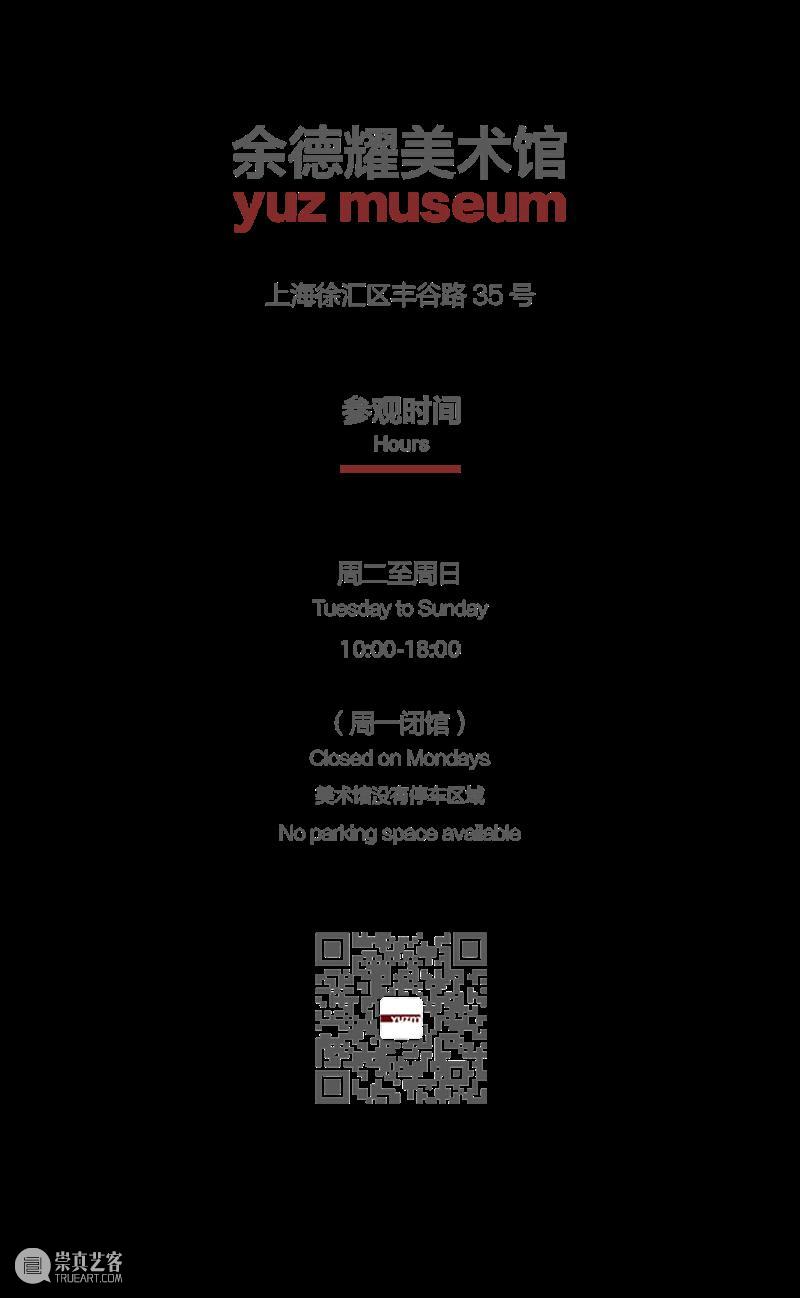


已展示全部
更多功能等你开启...
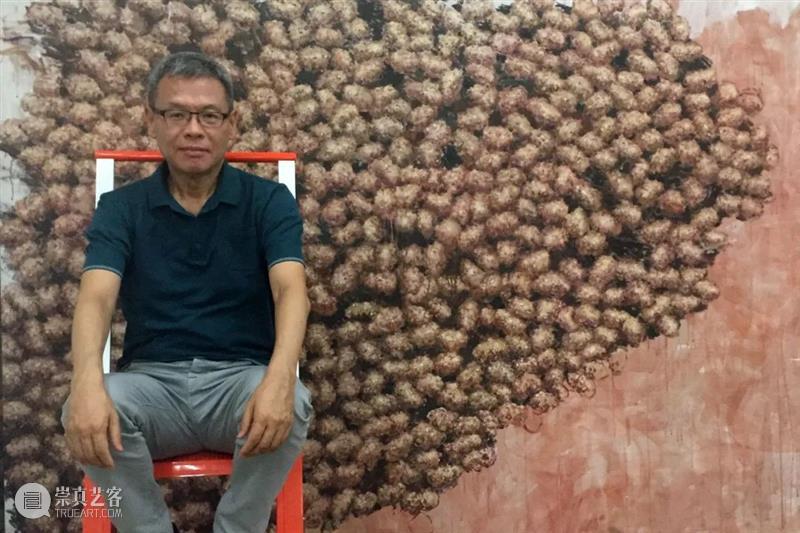
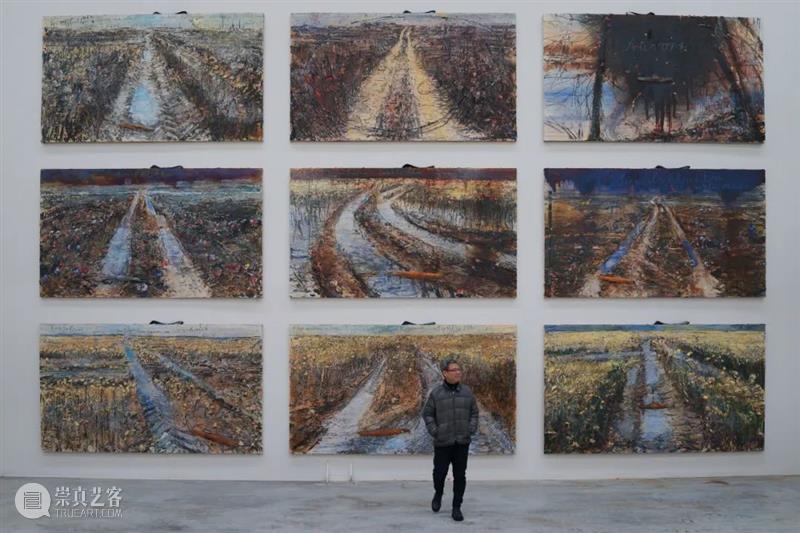
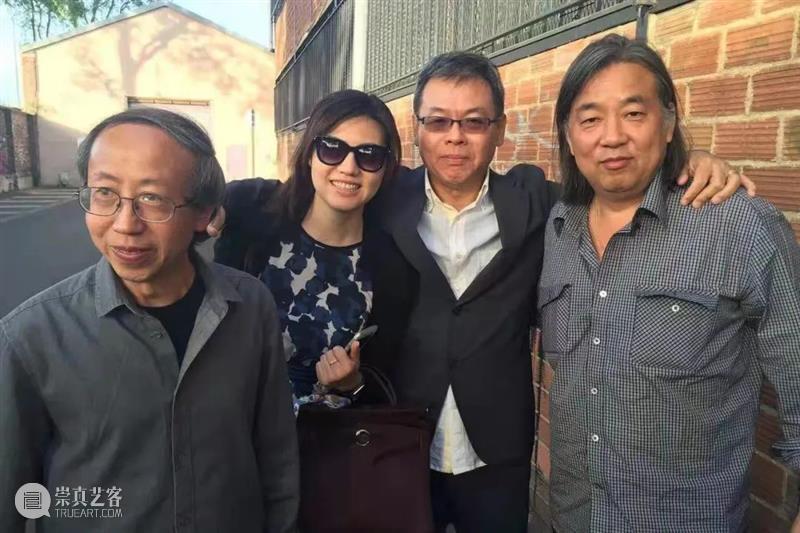
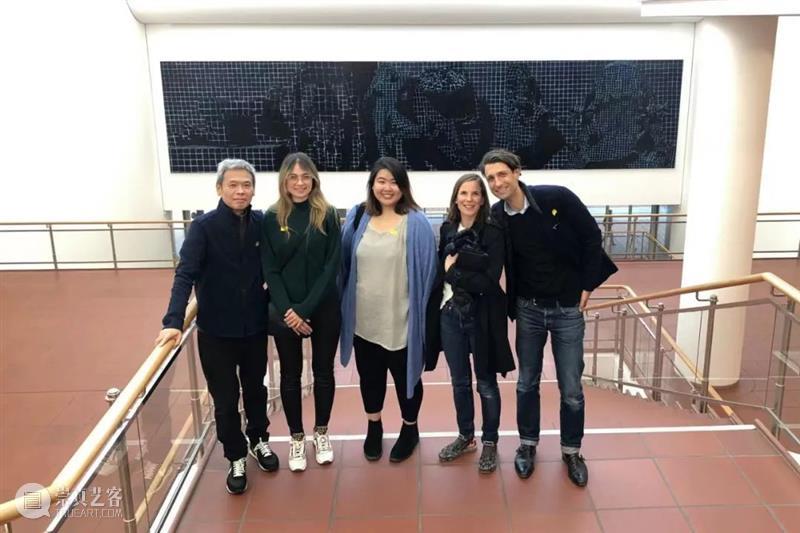


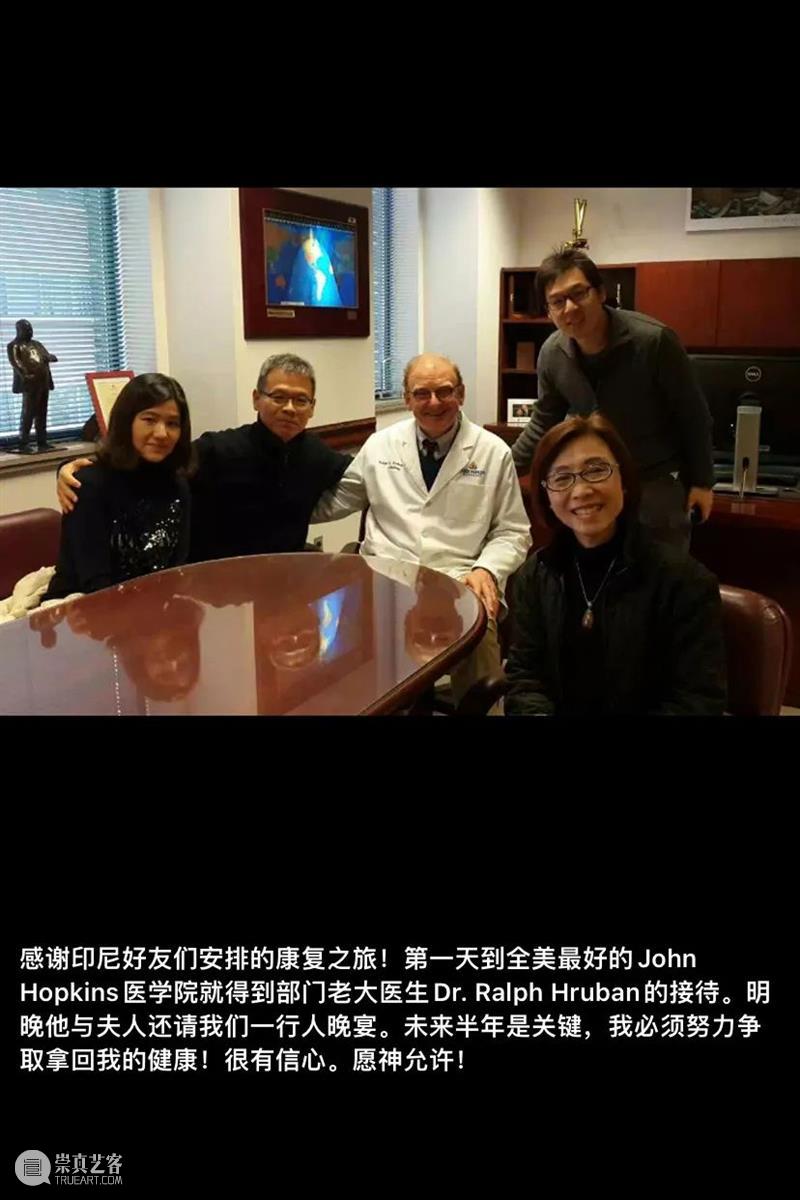
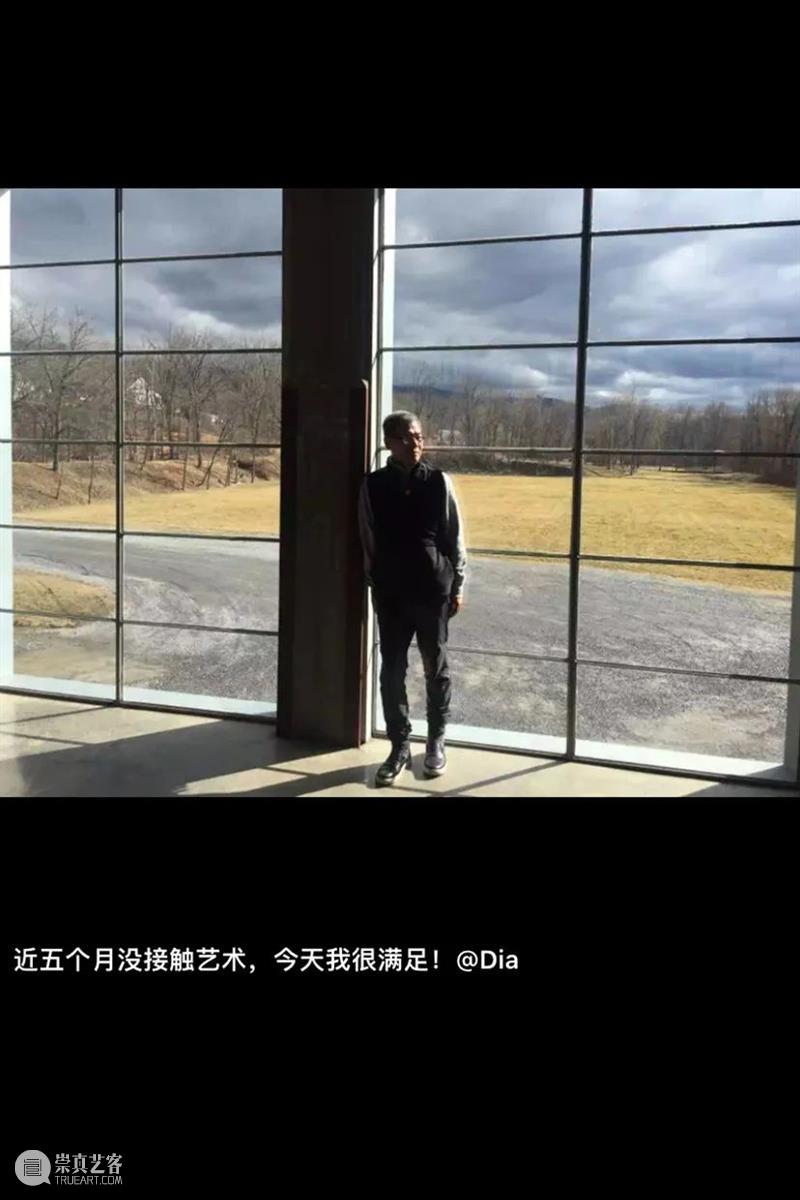


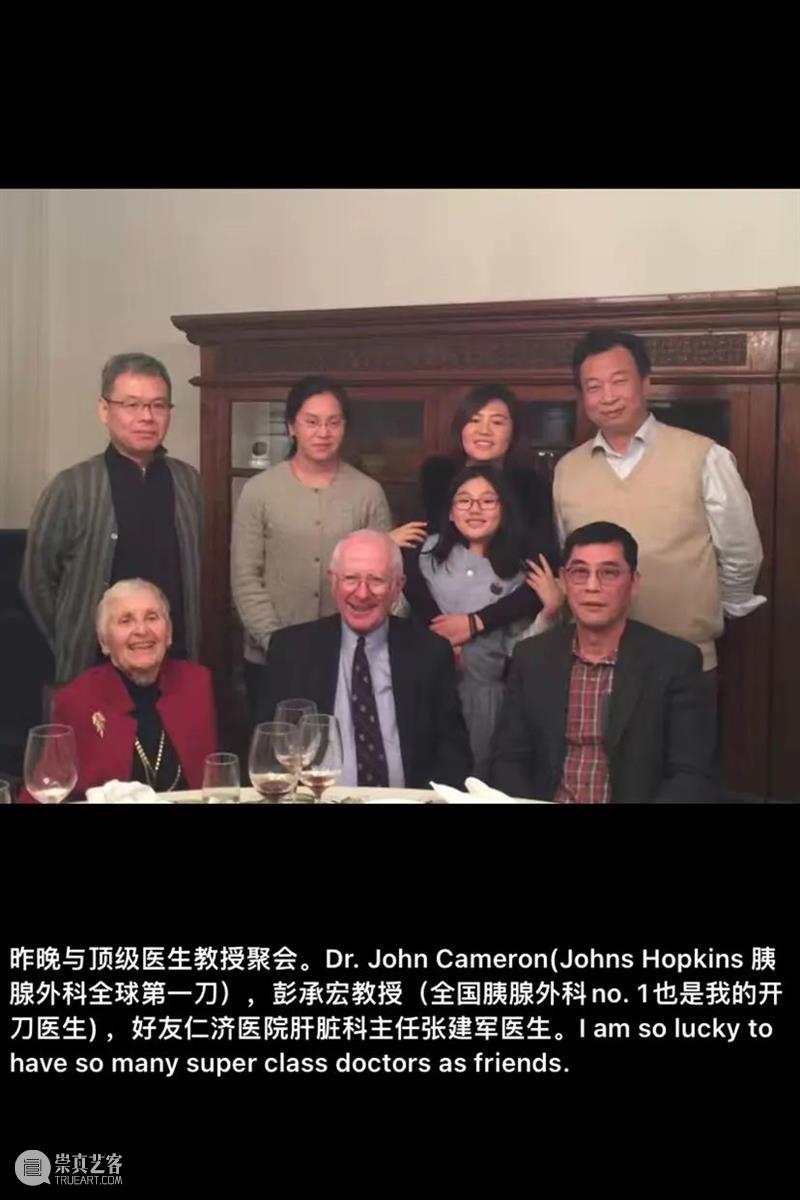
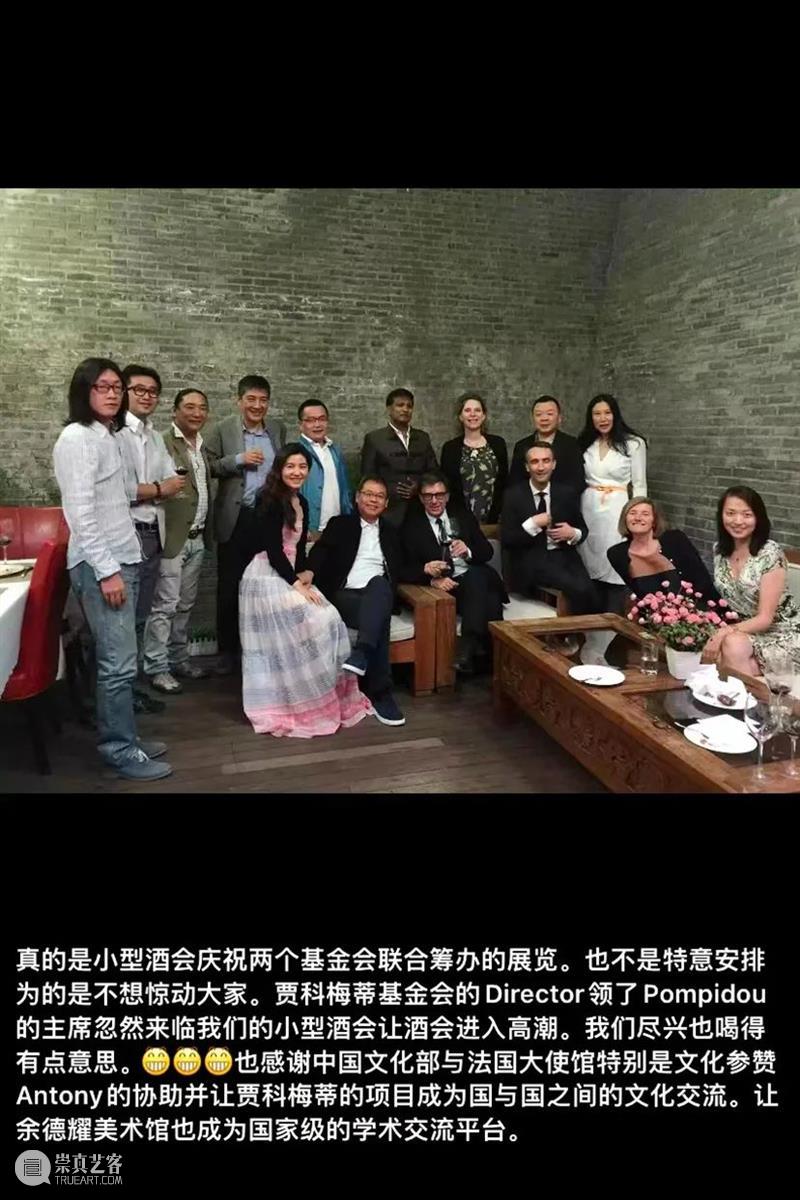
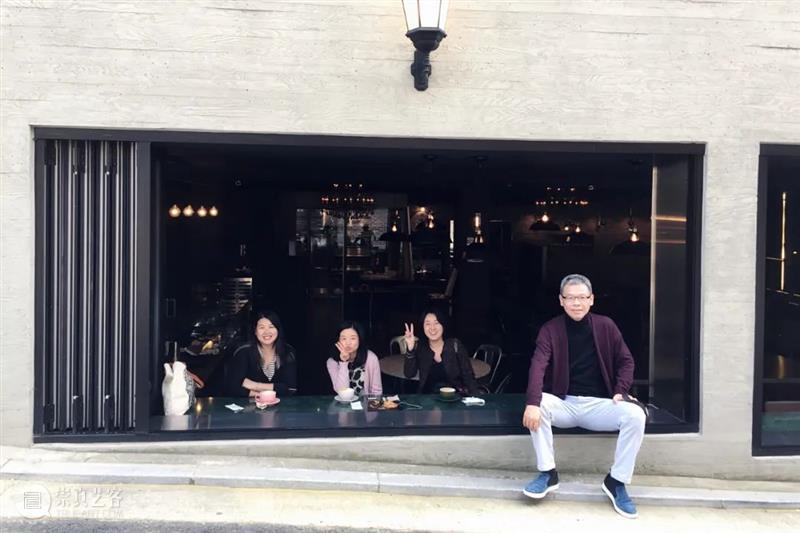

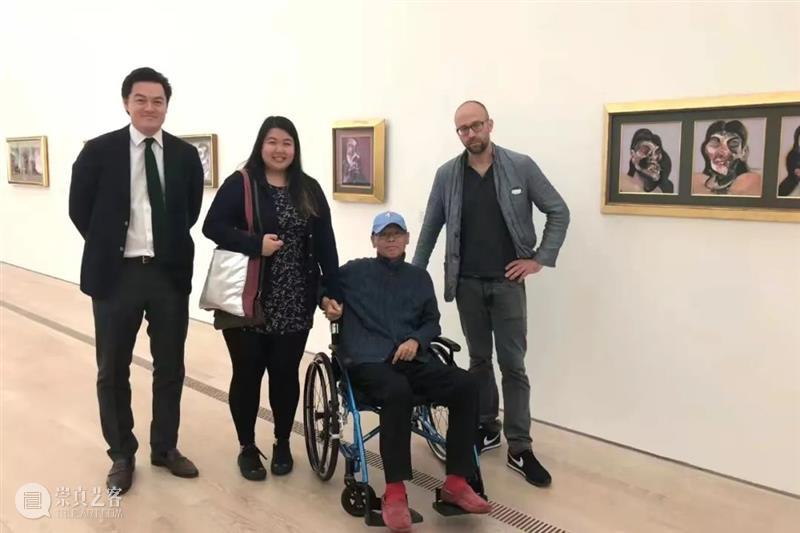
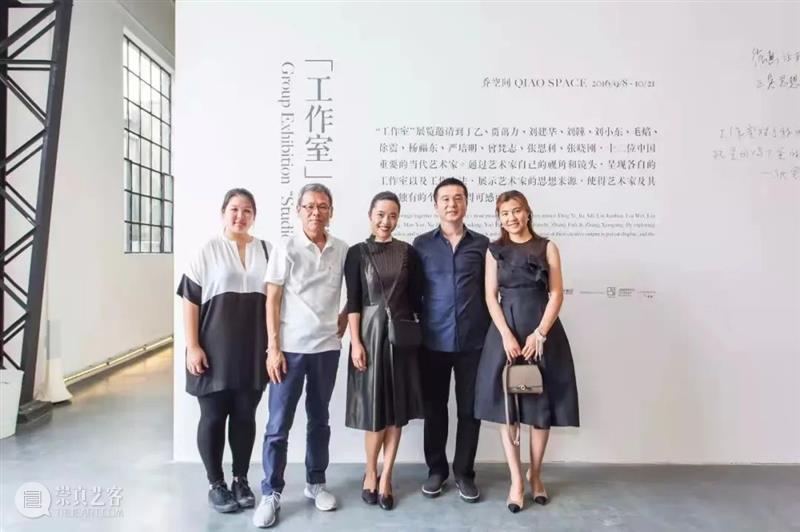
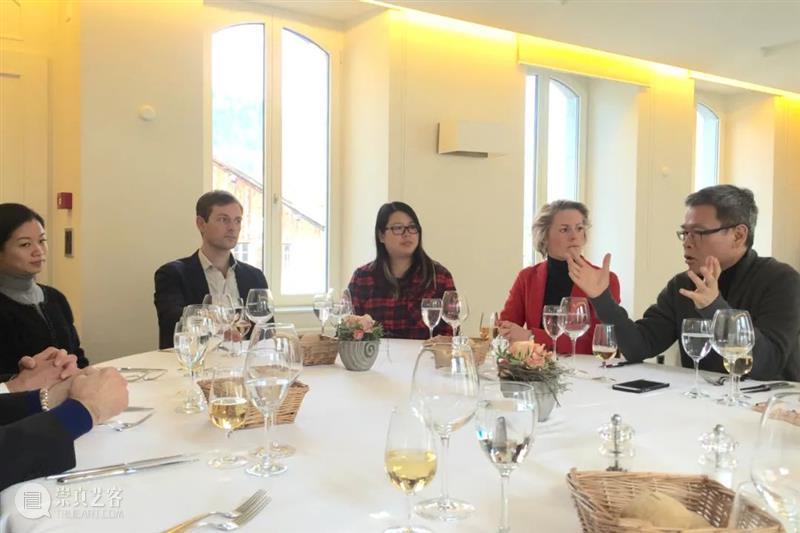






 分享
分享